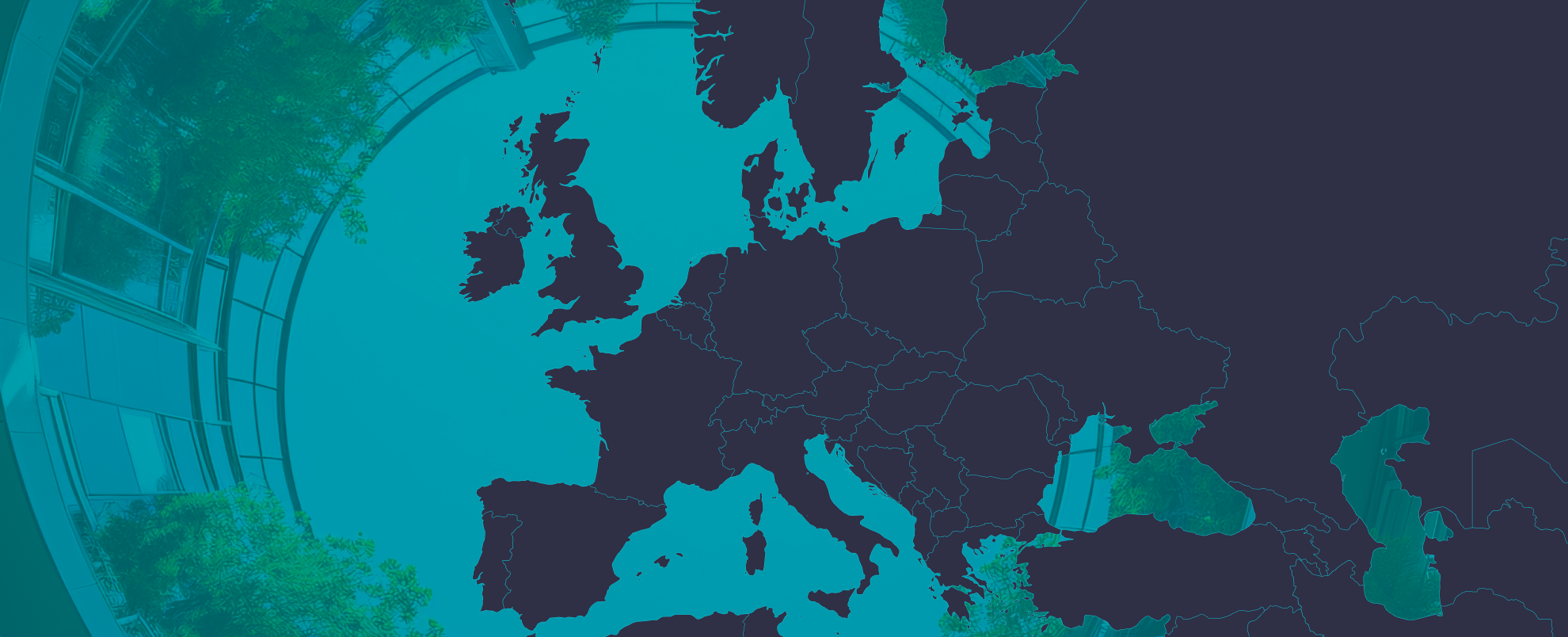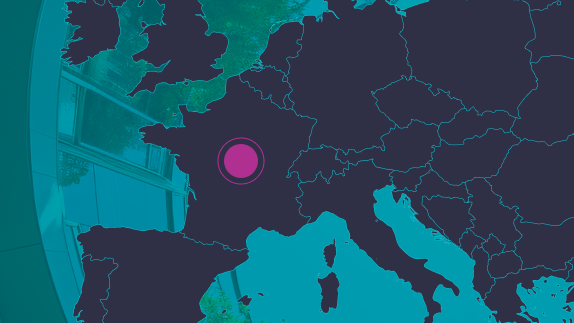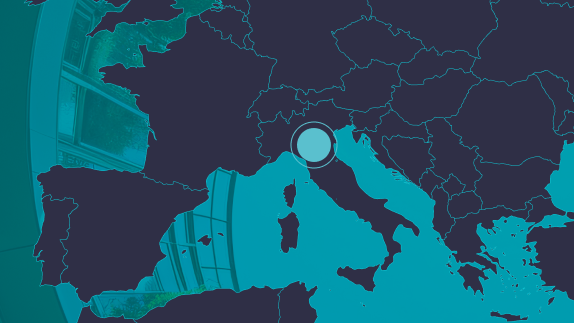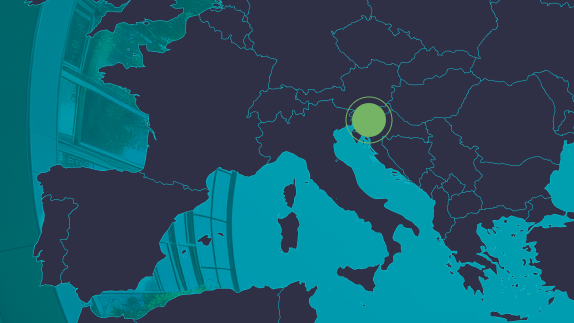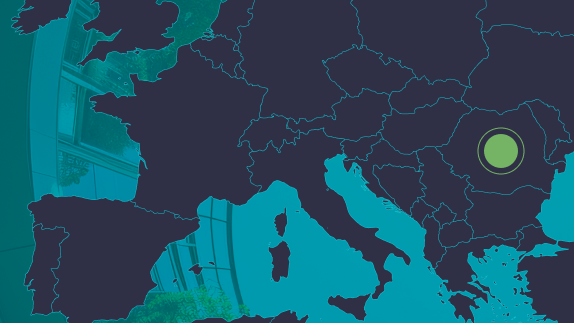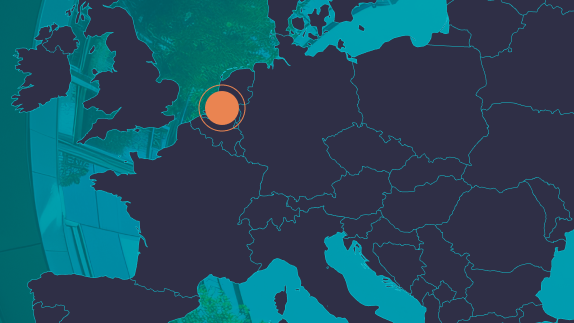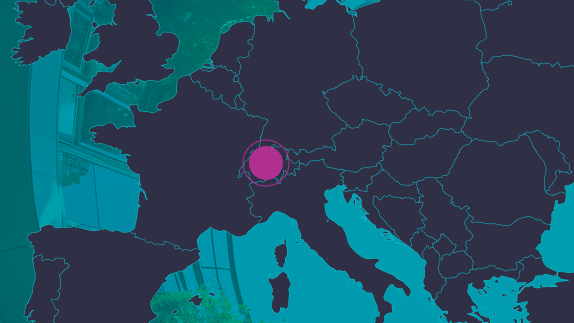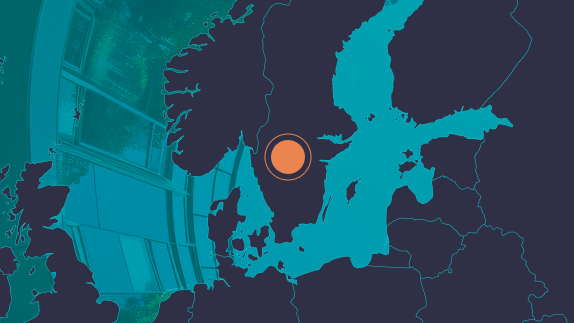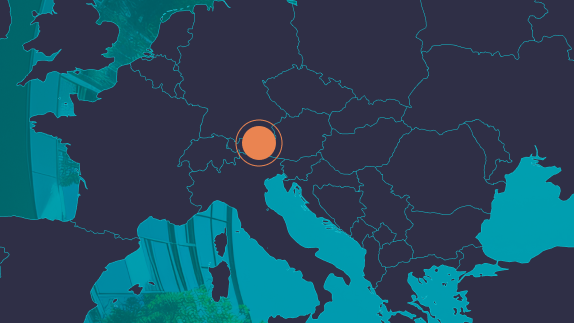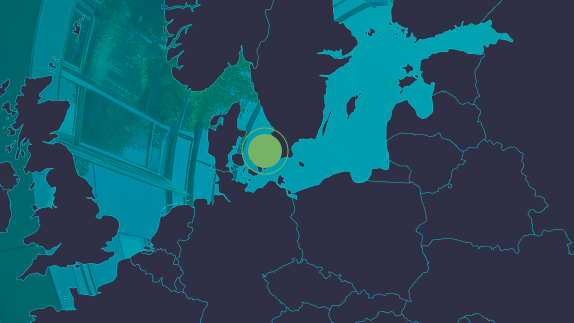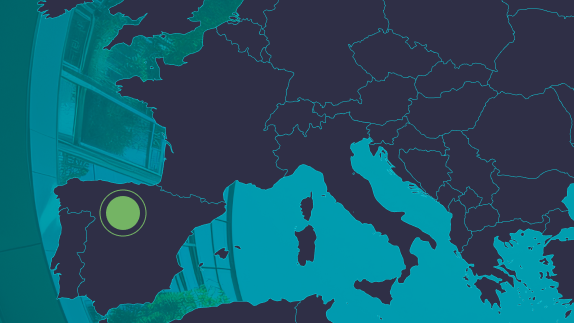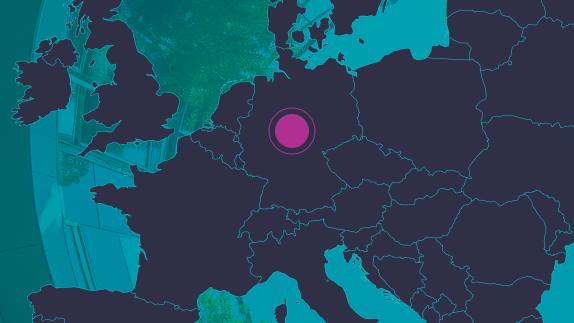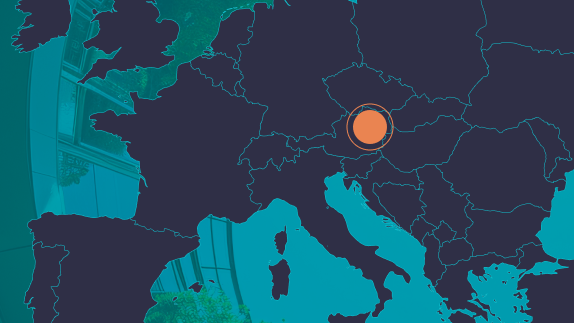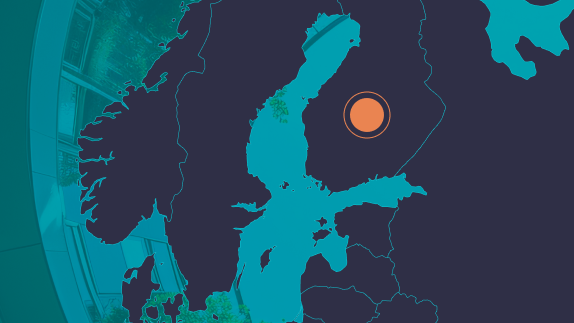This page is part of the report Building Prosperity: Unlocking the Potential of a Nature-Positive, Circular Economy for Europe. Explore the full report to delve into all focus areas, strategies, and key recommendations, or browse the entire case study collection to see these strategies in action.
Strategy: Maximise – expanding green-blue spaces
Location: Copenhagen, Denmark
In July 2011, the city of Copenhagen experienced a 1 in 1000 year ‘Cloudburst’ flood, an extreme rainfall event that impacted critical infrastructure in the city, leaving 50,000 homes without heat for a week and causing around EUR 1 billion of property damage. The storm produced up to 150 mm of rainfall across the city within two hours, leading to extensive damage across the city, making it Europe’s most expensive natural disaster that year. The events of this day were a wake-up call for Copenhagen, highlighting the urgent need to bolster the city’s resilience against the increasing risk of extreme weather events due to climate change. In response, the city elevated climate adaptation to a top priority and developed a comprehensive Climate Adaptation Plan which prioritises the establishment of continuous green networks and the application of nature-based solutions as a key approach to urban water management for resilience.
To relieve pressure on the traditional sewage system and retain stormwater as a resource, Copenhagen maximised the city’s green areas, extending permeable areas, constructed wetlands, and drainage corridors to absorb and retain run off water after extreme rainfall. This dispersed network of green spaces and waterways created new urban habitats, enhancing biodiversity, improving air/water quality. Analysis also showed surface solutions reduced mitigation costs by over USD 200 million versus conventional piping.
The delivery of the plan required a localised, collaborative effort to be established between municipalities, engineers, utility providers, citizens, and investors all sharingsharingThe use of a product by multiple users. It is a practice that retains the highest value of a product by extending its use period. a common vision. Copenhagen is taking the lead in developing green urban solutions and demonstrates a multi-purpose solution that can build resilience whilst also making the city more attractive and liveable.
Inspired by Copenhagen’s example, many other cities are embracing nature-based solutions for urban water management, such as New York City which has launched its own USD 400 million infrastructure programme. These pioneering cities are acknowledging that integrating nature’s design principles into climate adaptation strategies not only enhances resilience but also transforms water management into a catalyst for environmental restoration, social well-being, and economic vitality. Copenhagen’s pioneering example offers a replicable blueprint for harnessing the power of nature to create liveable, climate-resilient cities.
